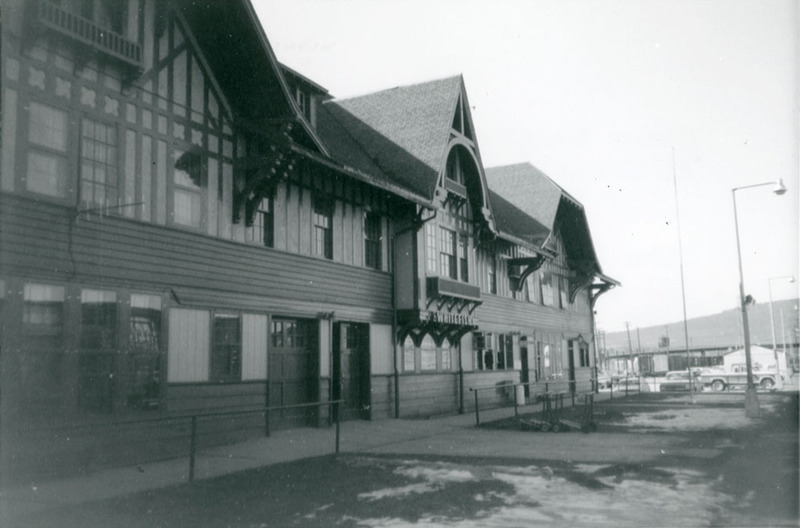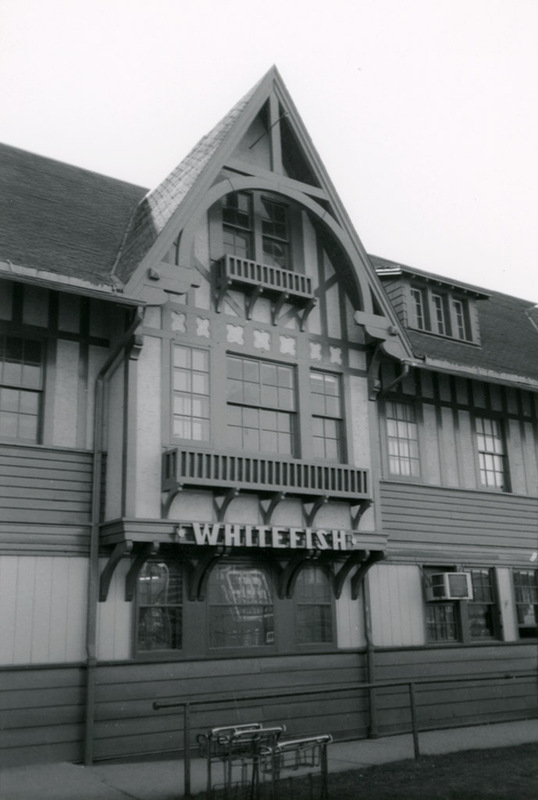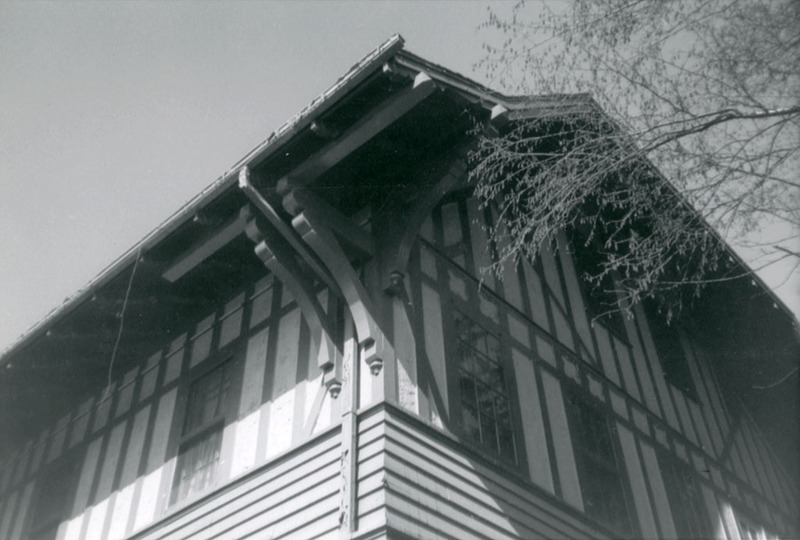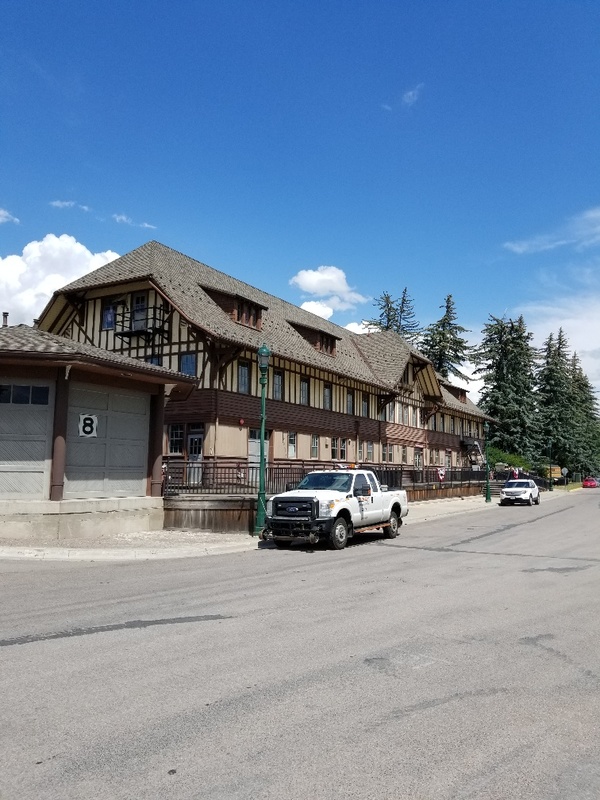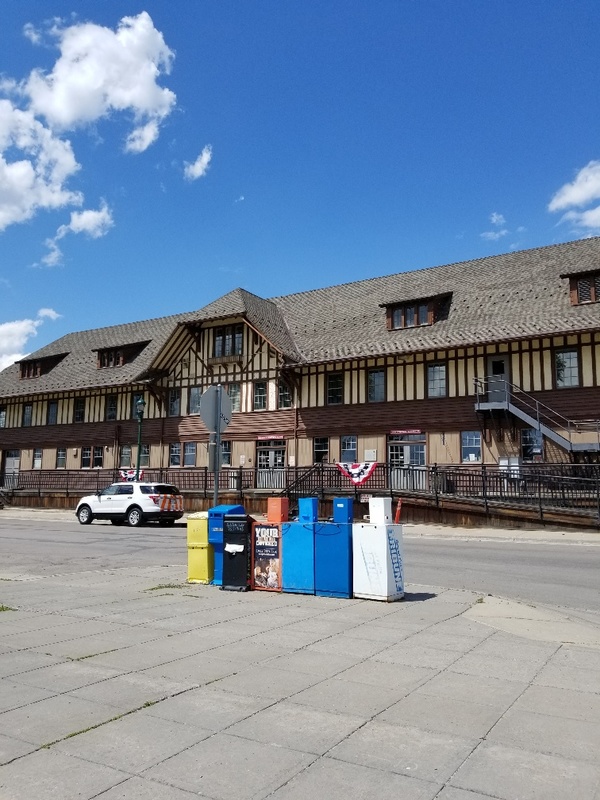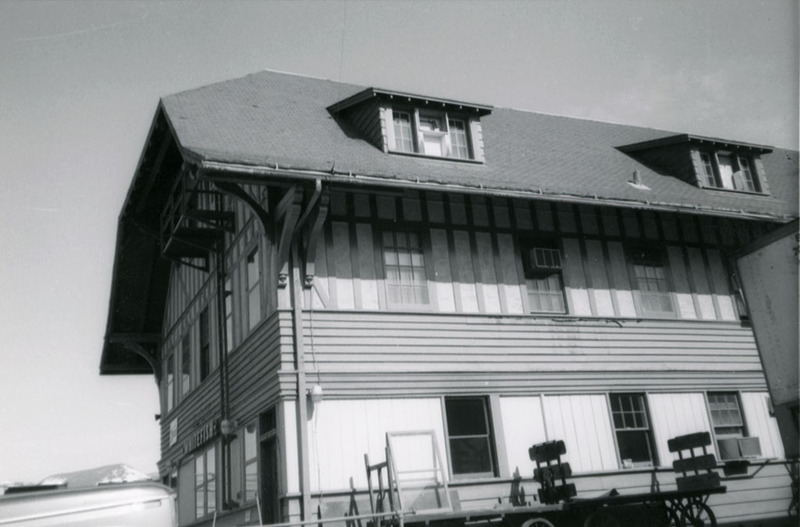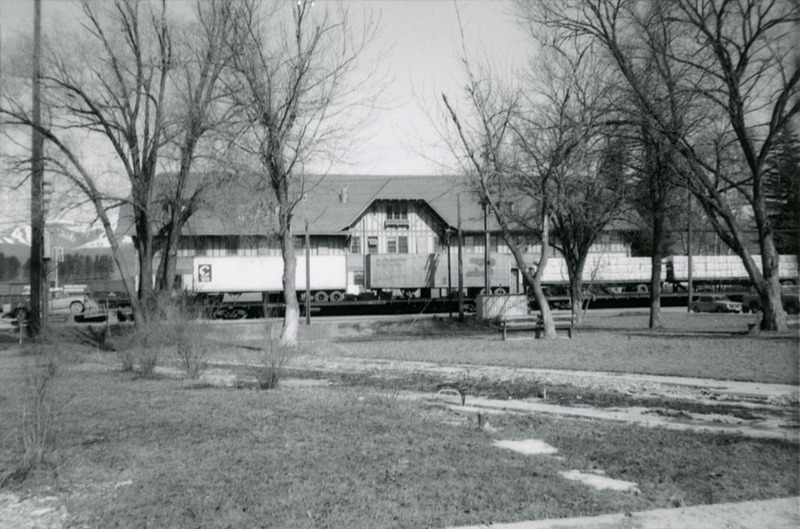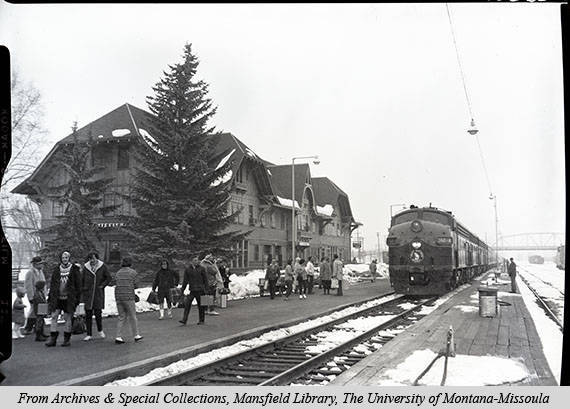Great Northern Railway Passenger and Freight Depot, Whitefish
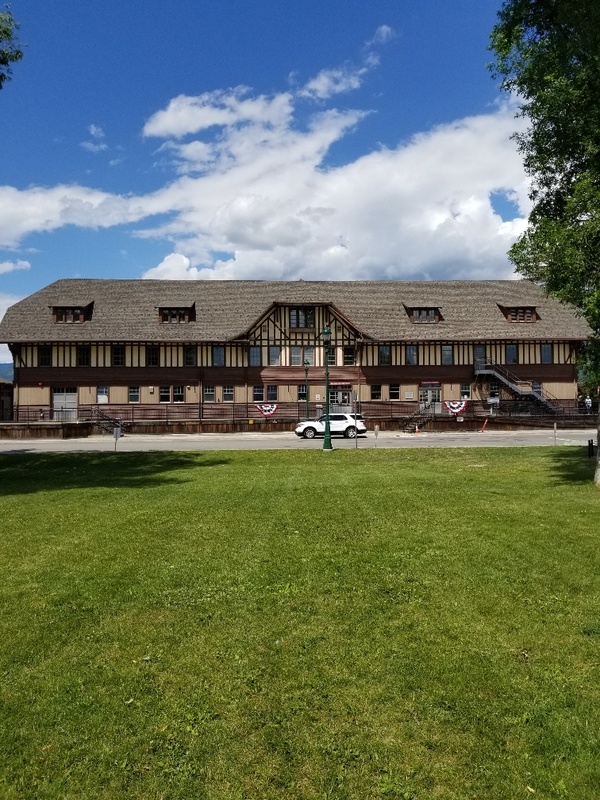
Whitefish served as a division point for the Great Northern Railway from its founding in 1904 until 1955. In 1925, one railroader called it “the most distinctively railroad town on the whole Great Northern system.” The second floor of this 1928 Tudor style building, designed by railroad architect Thomas McMahon, housed the railway’s division offices. Serving as a hub for passenger and freight transportation, the first floor housed the yard office, freight and baggage rooms, warm room, ticket office, general waiting room, telegraph office, men’s smoking room, and ladies’ rest room. Competition from automobiles and trucks had already begun to decrease railroad traffic, so not many depots were built in the 1920s, the height of Tudor popularity; thus Tudor style depots are rare. This depot’s Tudor features include its high pointed roof, stucco and decorative half timbering above clapboard, and multiple groups of tall, narrow windows. Its decoratively carved brackets and rafter tails and second-floor balconies echo similar detailing at Glacier National Park chalets, visually connecting Whitefish to Glacier, a tourist destination widely promoted by the railroad. In the 1980s, Whitefish preservationists worked to preserve this magnificent building, which still serves as a passenger and freight depot. Railroad depots are one of the few types of buildings for which the back (facing the town) is as important as the front (facing the tracks). The stylish façades on both front and back of the Whitefish Depot continue to welcome travelers and reflect the town’s railroad history.
Images

